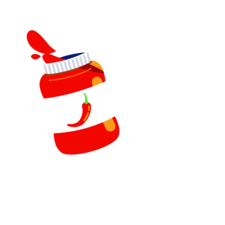Install Steam
login
|
language
简体中文 (Simplified Chinese)
繁體中文 (Traditional Chinese)
日本語 (Japanese)
한국어 (Korean)
ไทย (Thai)
Български (Bulgarian)
Čeština (Czech)
Dansk (Danish)
Deutsch (German)
Español - España (Spanish - Spain)
Español - Latinoamérica (Spanish - Latin America)
Ελληνικά (Greek)
Français (French)
Italiano (Italian)
Bahasa Indonesia (Indonesian)
Magyar (Hungarian)
Nederlands (Dutch)
Norsk (Norwegian)
Polski (Polish)
Português (Portuguese - Portugal)
Português - Brasil (Portuguese - Brazil)
Română (Romanian)
Русский (Russian)
Suomi (Finnish)
Svenska (Swedish)
Türkçe (Turkish)
Tiếng Việt (Vietnamese)
Українська (Ukrainian)
Report a translation problem


















I tried to do it with z assist super but it didn't come out...
I need some help by playing the controller or the keyboard
https://clips.twitch.tv/HeadstrongDaintyOctopusItsBoshyTime
It's pretty situational but it could be viable in a match.
You can use ki charge as a bait actually, but well, it's not very useful other than in specific situations. Also, since the core of combos is universal too, you could finish your guide with something to help beginners to start their custom combos.
Besides, that's what everyone uses in tech forums or social media, so if you want to be able to read combos on the net you should probably learn the notation.
''236''
Is shorter and more intuitive than this?
http://forums.shoryuken.com/themes/Shoryuken/emoji/moves/qcf.png
Also thanks for noticing that I mixed up the button combinations.